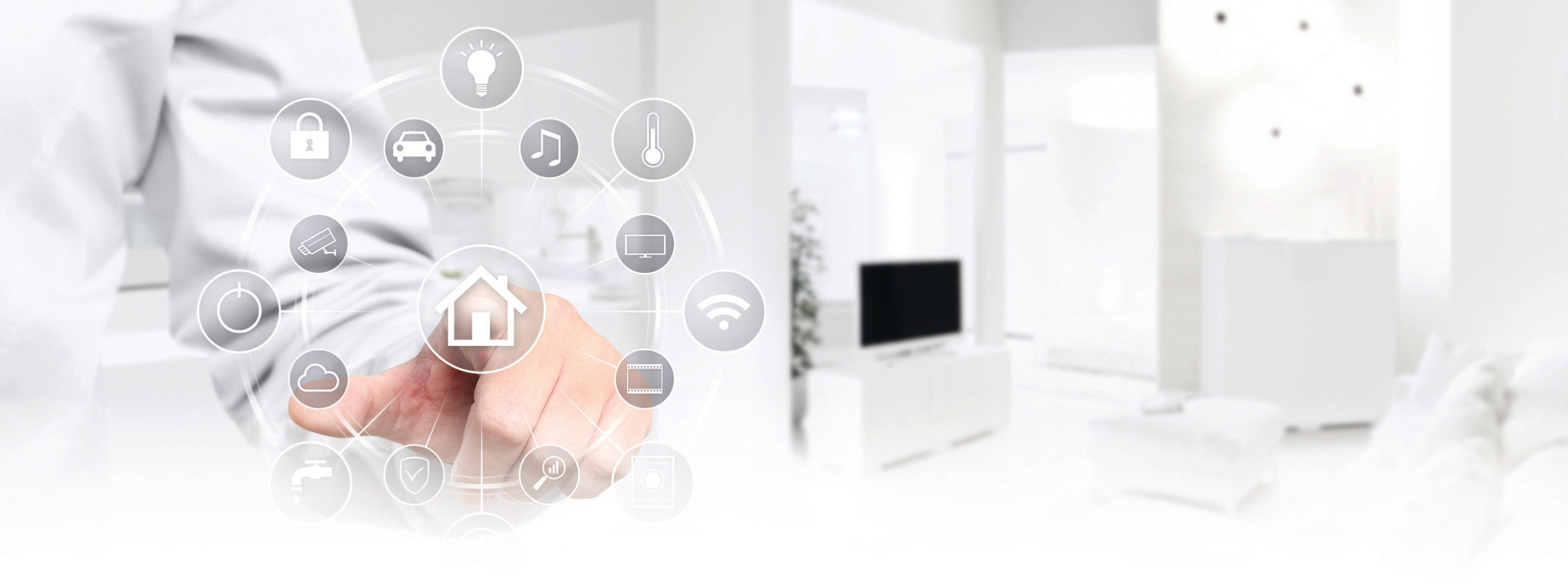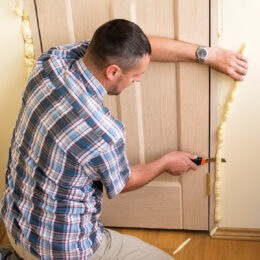

I’ve written many articles on smart home gadgets and their many benefits. Today, an estimated 70 million U.S. households use smart home devices. That’s an increase of 10% from last year, and the list of connected devices keeps growing: thermostats, door locks, security cameras, dishwashers, lightbulbs, ovens, toothbrushes, etc.
However, they also increase the possibility of a security breach. As the saying goes, you’re only as strong as your weakest link. One unsecured device provides a path for a bad actor to access personal information on your network or use your devices for other nefarious purposes, like attacking a website by flooding it with traffic (called a distributed denial-of-service attack).
Often, smart home devices lack the virus protection and security software of your computer or smartphone. They also don’t frequently update their software to address security vulnerabilities. But there are steps you can take to secure your smart home devices.
1. SECURE AND UPDATE YOUR ROUTER
Among the many benefits of Tipmont internet is our managed WiFi. We provide a secure password for your router, ensure wireless encryption is active, and routinely update the software and firmware for you.
2. USE UNIQUE PASSWORDS AND TWO-FACTOR AUTHENTICATION (2FA)
I recently wrote a series of articles on password management, including password managers and 2FA. At a minimum, change each device’s default password and use unique passwords for each device.
3. PUT SMART HOME DEVICES ON A SEPARATE NETWORK
Most routers, including the one included with Tipmont internet service, allow you to create additional or guest WiFi networks. I created a separate network for my smart home devices to wall them off from devices that have personal information, such as my computer and smartphones.
4. AVOID CHEAP DEVICES

That $5 smart lightbulb is enticing, but the savings may come at the expense of security. If the device is from a company you have never heard of, be wary about connecting it to your home network. Several large companies (Amazon, Google, Apple) support an industry protocol called Matter, which aims to make sure devices work with each other while meeting minimum standards for privacy and security. When purchasing devices, look for the Matter logo.
5. DO YOU REALLY NEED TO CONNECT IT?
Finally, just because a device comes with WiFi connectivity doesn’t mean you must connect it to the internet. Perhaps you’re buying a new refrigerator, and the one you want is WiFi-enabled. If you don’t plan to use the benefit provided by connectivity, don’t connect it to your network.



